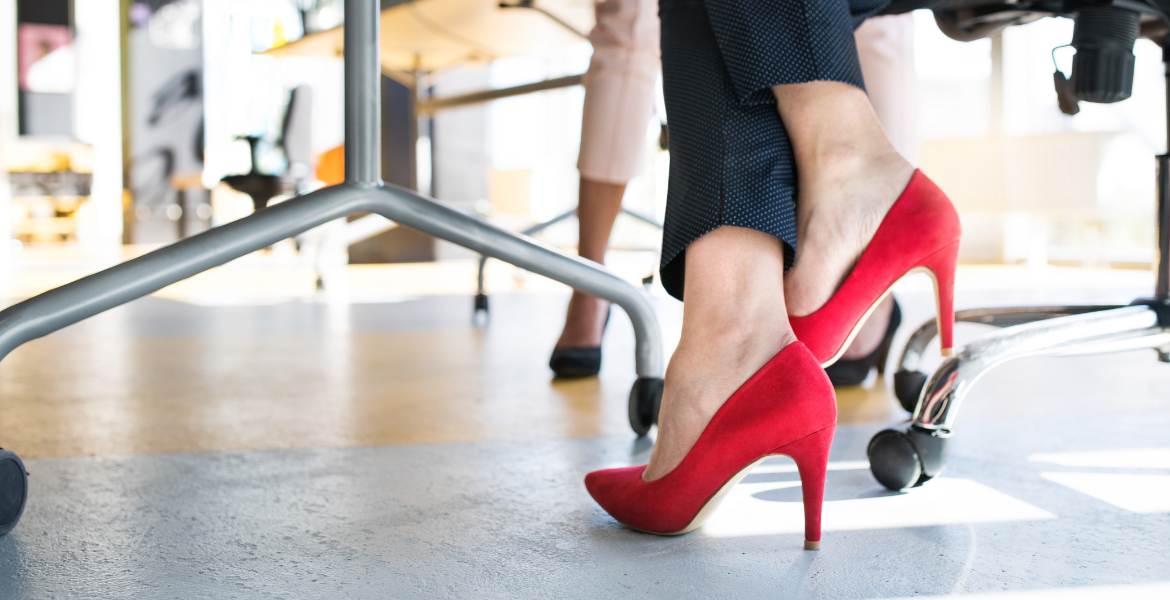
Correctly specified, installed and maintained, floorcoverings will provide years of good service. However, there are a number of service factors that should be considered that can have an influence on the long-term performance of the floor finish. This article explores some key in-service factors that proper planning is necessary for to maximise the lifespan of a flooring installation, a cost-effective decision in the long run.
Damage from heavy items of furniture can generally be avoided if the right preventative measures are put in place at the outset of the project. Regular inspection and maintenance of items such as table and chair feet and castor wheels will help to prevent damage and therefore extend the useful life of a floorcovering.
Floorcoverings are particularly susceptible to damage from heavy furniture (such as pianos) fitted with small, wheeled castors and this will be exacerbated where castors are poorly maintained and wheels do not turn freely. Castor wheels should be inspected regularly to ensure that they are operating correctly and free from damage.
Legs of tables and chairs should not have sharp or hollow tubular edges in direct contact with the floor. Protection caps should be used and should be large enough to spread the applied load, inspected regularly and replaced as necessary.
Avoid protection caps with small domed heads as they do not always provide enough load spread to prevent indentation of the floorcovering. Dragging furniture across the surface of the floor should also be avoided.
At some point, floors will likely be subjected to wheeled traffic and the following points should be considered when preparing a specification:
Some forms of footwear may damage the floorcovering by indenting, scratching or puncturing. In areas where non-standard footwear such as sports facilities, where studded or spiked footwear is worn, a floorcovering that is highly suitable for this type of foot traffic and purpose should be selected.
In areas subject to normal daily use, poorly maintained stiletto heeled shoes with supporting steel pins which are exposed are probably the biggest single cause of damage to floorcoverings by footwear. The sharpness and small area in contact with the floor results in enormous point loading that at best will leave indentations in the floor surface which will attract soiling.
In severe cases the floor can be punctured or torn. This sort of damage is often considered to be a failing of the floorcovering whereas in reality it is beyond what the floorcovering can reasonably be expected to withstand.
Always follow manufacturers’ recommendations and seek professional advice when dealing with cleaning and maintenance of commercial floorcoverings. Incorrect cleaning methods and mistakes can be costly and, in the worst-case scenario, may cause slips and falls.
For more information about the cleaning and maintenance of floorcoverings, please consult the CFA Guide to Contract Flooring.